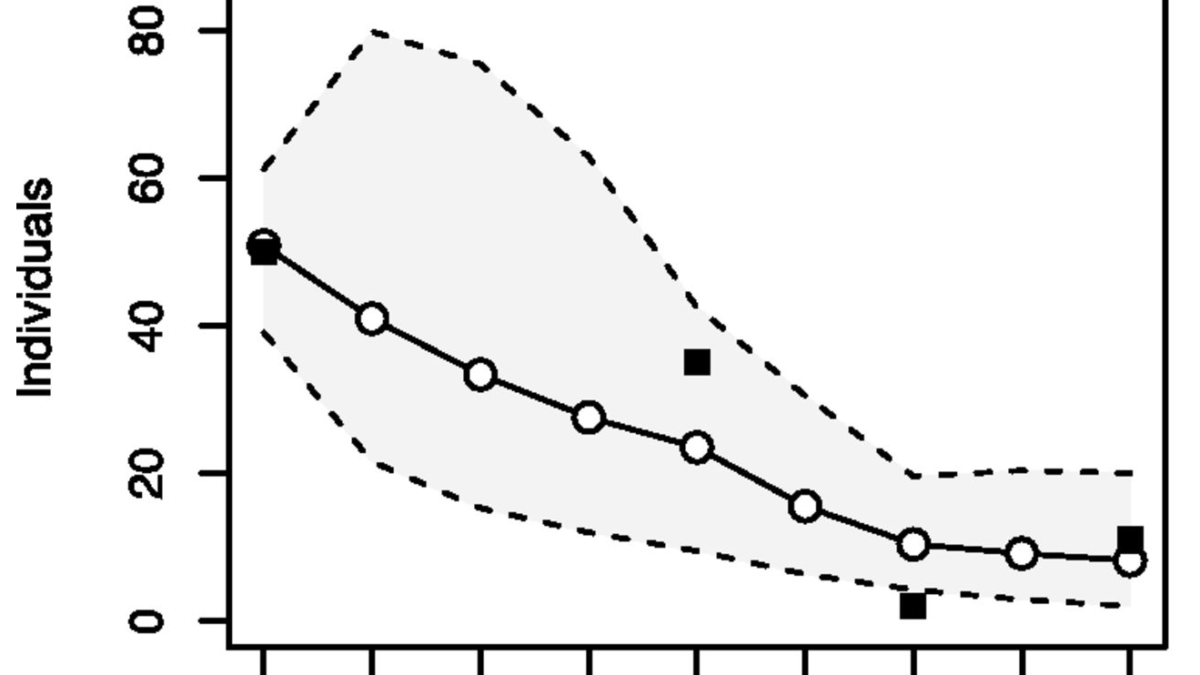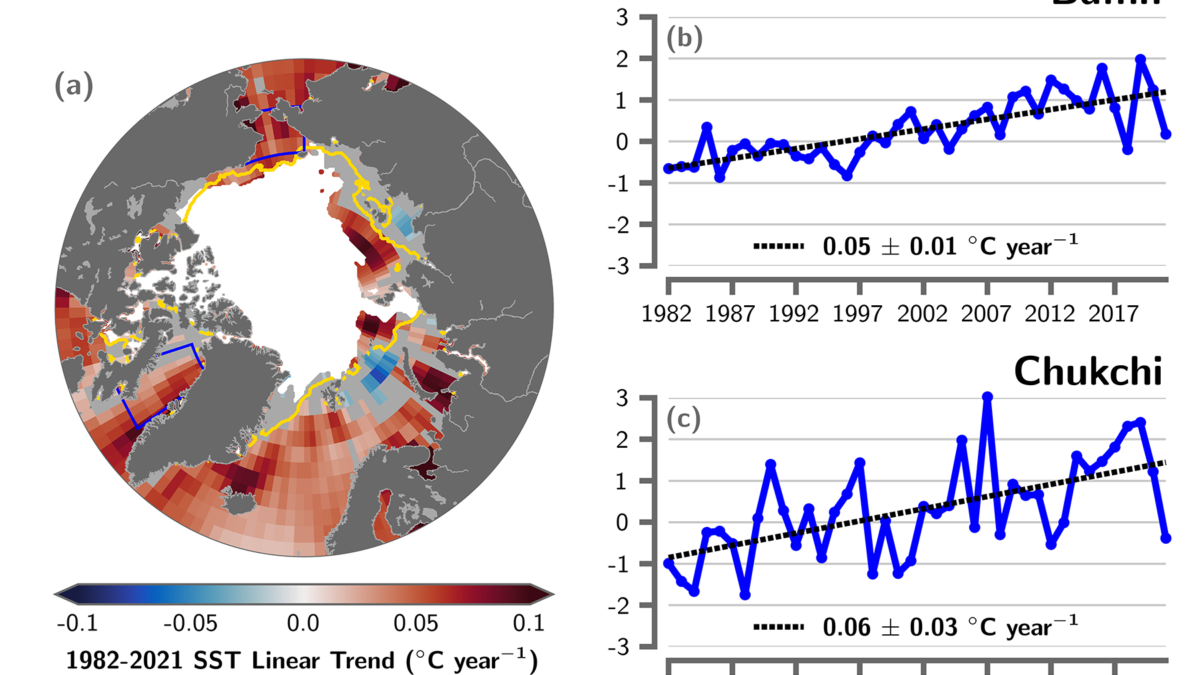Human activities have an intense impact on Earth’s deep subsurface fluid flow – “We know more about the surface of Mars than we do about water, rocks, and life deep beneath our feet”

By Niranjana Rajalakshmi
23 April 2024
(University of Arizona) – The impact of human activities – such as greenhouse gas emissions and deforestation – on Earth’s surface have been well-studied. Now, hydrology researchers from the University of Arizona have investigated how humans impact Earth’s deep subsurface, a zone that lies hundreds of meters to several kilometers beneath the planet’s surface.
“We looked at how the rates of fluid production with oil and gas compare to natural background circulation of water and showed how humans have made a big impact on the circulation of fluids in the subsurface,” said Jennifer McIntosh, a professor in the UArizona Department of Hydrology and Atmospheric Sciences and senior author of a paper in the journal Earth’s Future detailing the findings.
“The deep subsurface is out of sight and out of mind for most people, and we thought it was important to provide some context to these proposed activities, especially when it comes to our environmental impacts,” said lead study author Grant Ferguson, an adjunct professor in the UArizona Department of Hydrology and Atmospheric Sciences and a professor in the University of Saskatchewan’s School of Environment and Sustainability.
In the future, these human-induced fluid fluxes are projected to increase with strategies that are proposed as solutions for climate change, according the study. Such strategies include: geologic carbon sequestration, which is capturing and storing atmospheric carbon dioxide in underground porous rocks; geothermal energy production, which involves circulating water through hot rocks for generating electricity; and lithium extraction from underground mineral-rich brine for powering electric vehicles. The study was done in collaboration with researchers from the University of Saskatchewan in Canada, Harvard University, Northwestern University, the Korea Institute of Geosciences and Mineral Resources, and Linnaeus University in Sweden.
“Responsible management of the subsurface is central to any hope for a green transition, sustainable future, and keeping warming below a few degrees,” said Peter Reiners, a professor in the UArizona Department of Geosciences and a co-author of the study.
With oil and natural gas production, there is always some amount of water, typically saline, that comes from the deep subsurface, McIntosh said. The underground water is often millions of years old and acquires its salinity either from evaporation of ancient seawater or from reaction with rocks and minerals. For more efficient oil recovery, more water from near-surface sources is added to the salt water to make up for the amount of oil removed and to maintain reservoir pressures. The blended saline water then gets reinjected into the subsurface. This becomes a cycle of producing fluid and reinjecting it to the deep subsurface.
The same process happens in lithium extraction, geothermal energy production, and geologic carbon sequestration, the operations of which involve leftover saline water from the underground that is reinjected.
“We show that the fluid injection rates or recharge rates from those oil and gas activities is greater than what naturally occurs,” McIntosh said.

Using existing data from various sources, including measurements of fluid movements related to oil and gas extraction and water injections for geothermal energy, the team found that the current fluid movement rates induced by human activities are higher compared to how fluids moved before human intervention.
As human activities like carbon capture and sequestration and lithium extraction ramp up, the researchers also predicted how these activities might be recorded in the geological record, which is the history of Earth as recorded in the rocks that make up its crust.
Human activities have the potential to alter not just the deep subsurface fluids but also the microbes that live down there, McIntosh said. As fluids move around, microbial environments may be altered by changes in water chemistry or by bringing new microbial communities from Earth’s surface to the underground.
For example, with hydraulic fracturing, a technique that is used to break underground rocks with pressurized liquids for extracting oil and gas, a deep rock formation that previously didn’t have any detectable number of microbes might have a sudden bloom of microbial activity.
There remain a lot of unknowns about Earth’s deep subsurface and how it is impacted by human activities, and it’s important to continue working on those questions, McIntosh said.
“We need to use the deep subsurface as part of the solution for the climate crisis,” McIntosh said. “Yet, we know more about the surface of Mars than we do about water, rocks and life deep beneath our feet.”
Human activities have an intense impact on Earth’s deep subsurface fluid flow
Acceleration of Deep Subsurface Fluid Fluxes in the Anthropocene
ABSTRACT: The Anthropocene has been framed around humanity’s impact on atmospheric, biologic, and near-surface processes, such as land use and vegetation change, greenhouse gas emissions, and the above-ground hydrologic cycle. Groundwater extraction has lowered water tables in many key aquifers but comparatively little attention has been given to the impacts in the deeper subsurface. Here, we show that fluid fluxes from the extraction and injection of fluids associated with oil and gas production and inflow of water into mines likely exceed background flow rates in deep (>500 m) groundwater systems at a global scale. Projected carbon capture and sequestration (CCS), geothermal energy production, and lithium extraction to facilitate the energy transition will require fluid production rates exceeding current oil and co-produced water extraction. Natural analogs and geochemical modeling indicate that subsurface fluid manipulation in the Anthropocene will likely appear in the rock record. The magnitude and importance of these changes are unclear, due to a lack of understanding of how deep subsurface hydrologic and geochemical cycles and associated microbial life interact with the rest of the Earth system.
Acceleration of Deep Subsurface Fluid Fluxes in the Anthropocene

